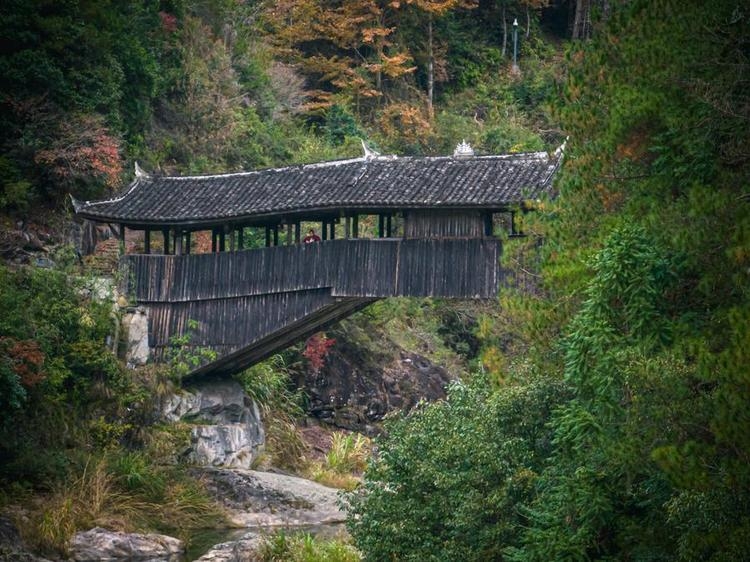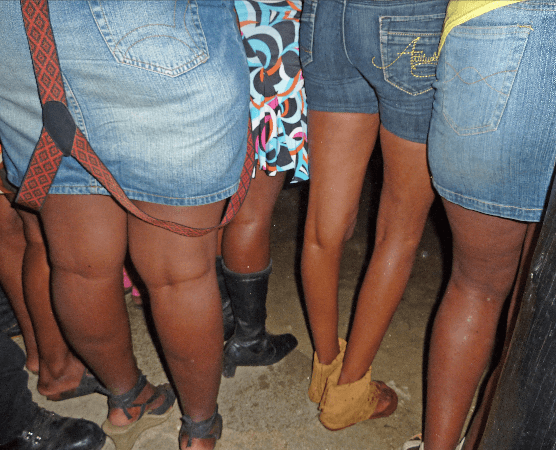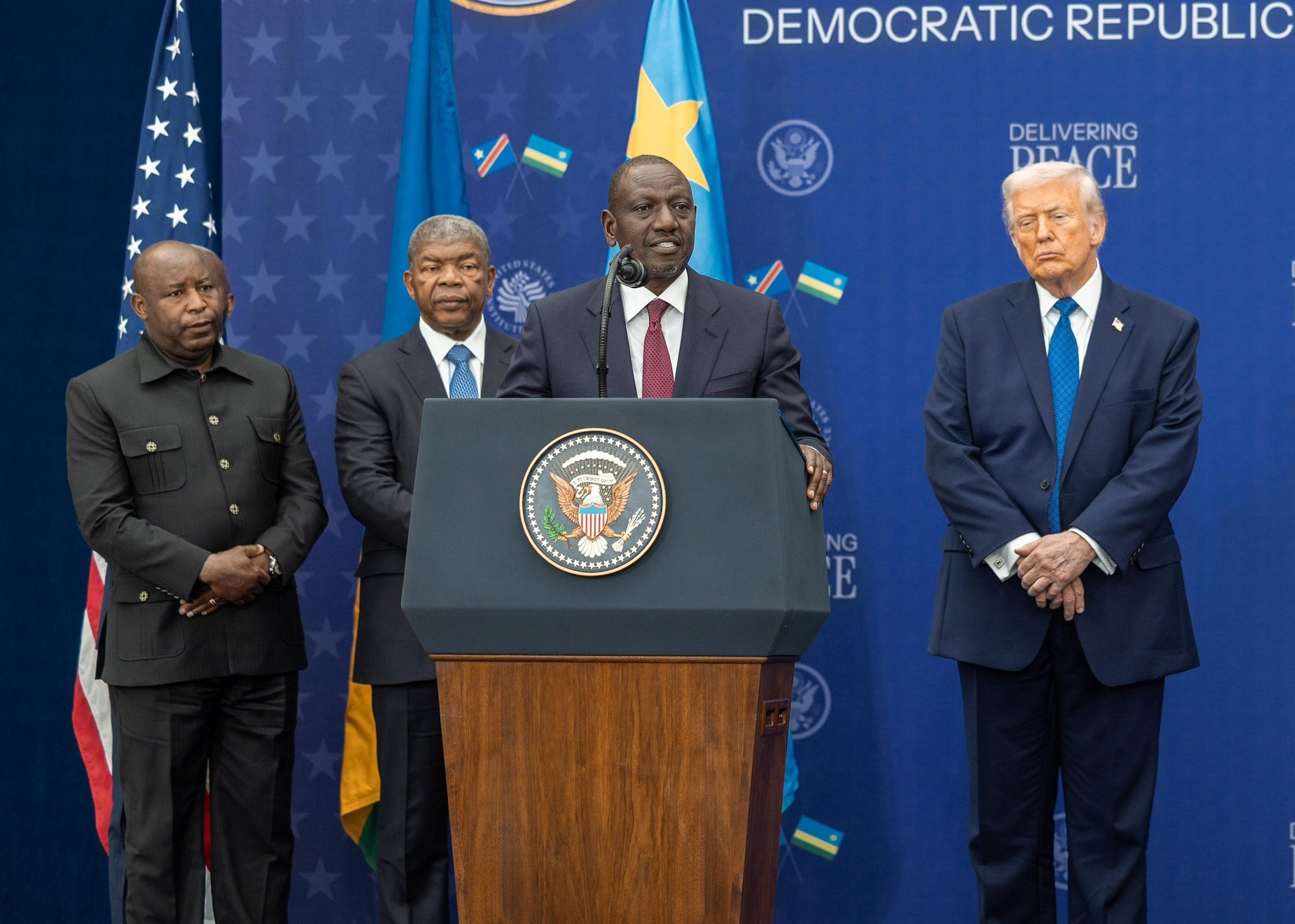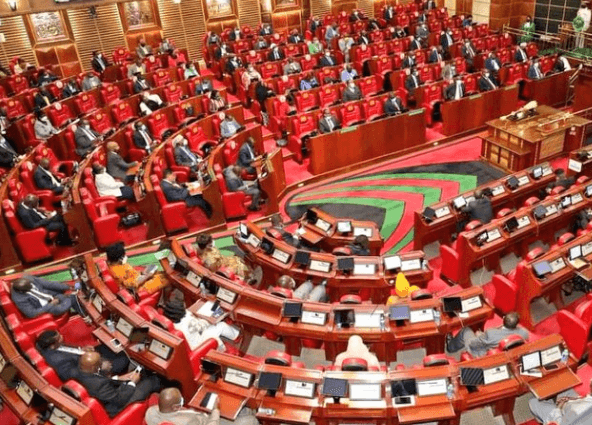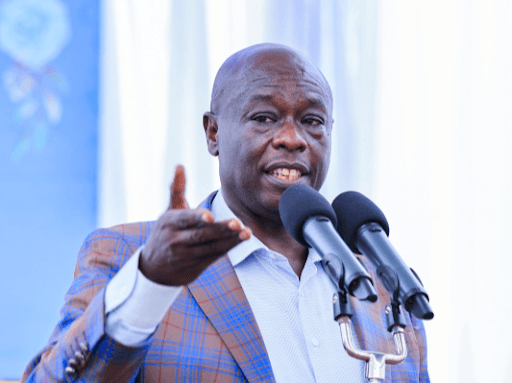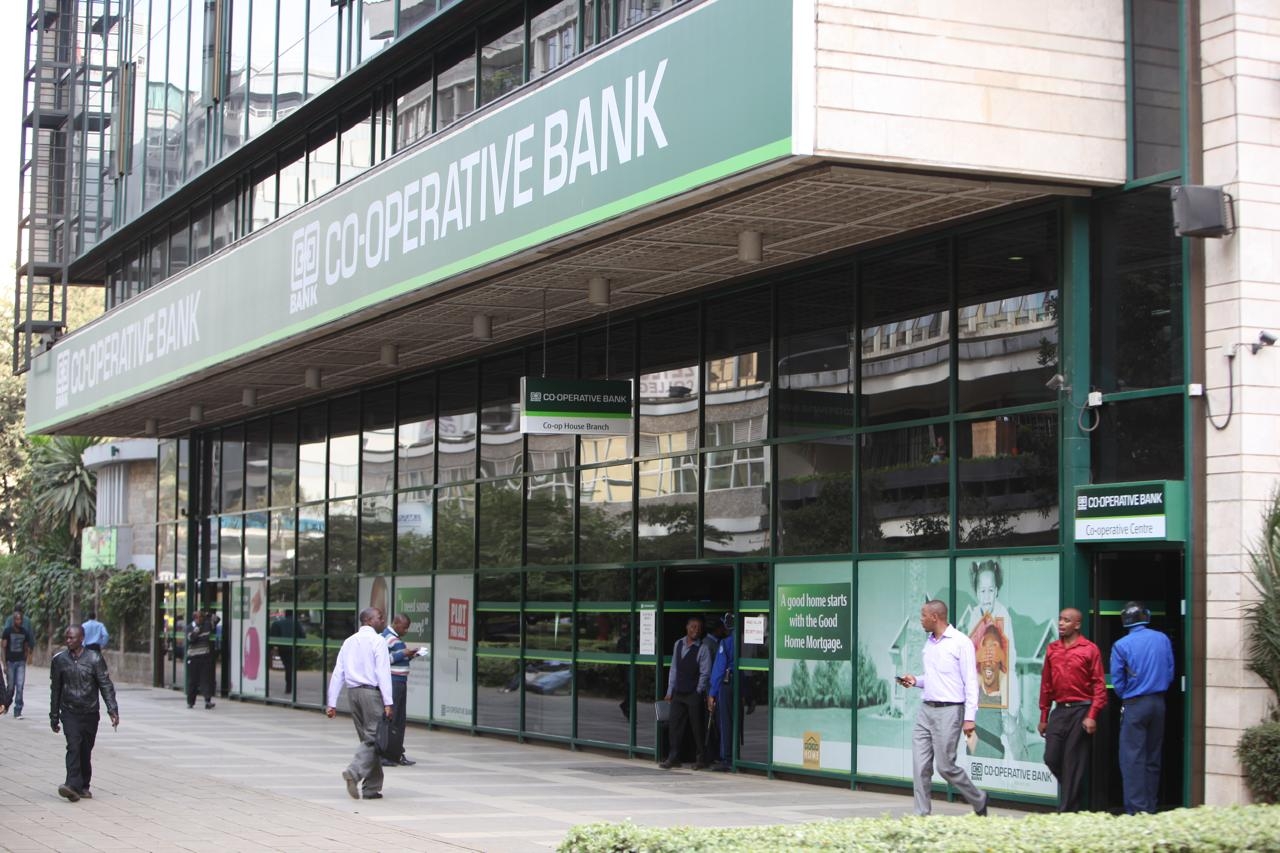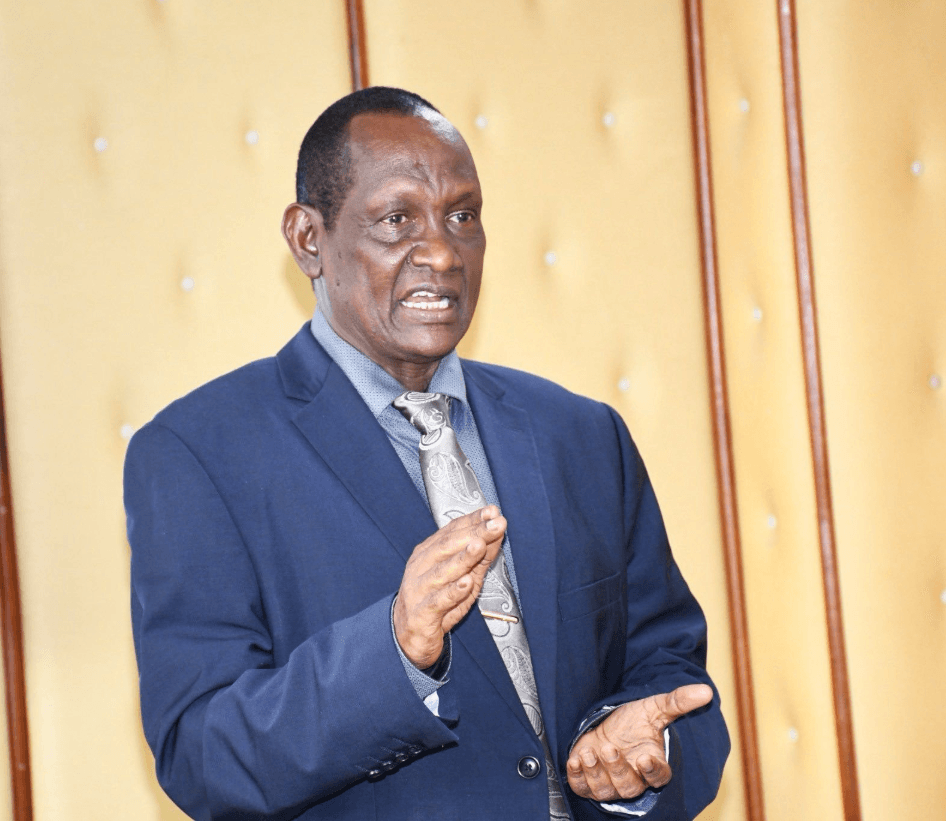The Hindu cremation tradition has long been a closely held practice, typically known only to family members.
However, the recent cremation of Mombasa billionaire Hasmukh Patel, the owner of Mombasa Cement, gave the public a rare glimpse into these private ceremonies.
Many Mombasa residents were surprised to learn that a philanthropist like Hasmukh, famously known as Hasu, would be cremated rather than given a more conventional burial.
Hasmukh, who founded Mombasa Cement in 2007, built the leading cement manufacturer in East Africa.
His factory in Kilifi county spans 3,000 acres and produces two million tonnes of cement and one million tonnes of clinker annually.
He was also a shareholder in Corrugated Sheets Group.
Hasmukh rose to prominence through his philanthropic efforts, donating food, covering school fees and settling hospital bills for over a decade.
During the 2020 Covid-19 pandemic, he provided food, water, facemasks, paid medical bills and helped the poor bury their loved ones.
Hasmukh also ran a feeding programme at the Sahajanand Centre in Mtwapa, Kilifi, which supported over 50,000 people monthly.
In Kibarani, Mombasa, he also had a feeding centre and also provided fresh water to Kisauni residents via a mobile tanker.
He spent approximately Sh300 million each month on community assistance.
Hasmukh left behind his mother, widow, three children and two adopted children from his deceased brother.
On September 1, his body was removed from the Pandya Memorial Hospital morgue, where it had been for three days after his death.
Instead of a coffin, his body was placed in a special vehicle in a sitting posture. It was driven in a procession from Pandya to the New Cutchi Leva Patel Samaj Hall in Nyali, making five stops at Hindu temples along the way.
The three-hour procession through Mombasa brought the city to a standstill.
Family members shared that it was Hasmukh wish for the people of Mombasa, who benefited from his philanthropy but may have never met him, to see him one last time.
His body, dressed in his favourite black Kaunda suit and glasses, was surrounded by colourful flowers and accompanied by close relatives who ensured the red dot on his forehead stayed in place.
The sight of Hasmukh's body being paraded through the streets in sitting position surprised Mombasa residents, as such a display is uncommon in Hindu funerals.
His assistant, Imtiaz Sayani, confirmed that this unusual display was the billionaire’s wish.
“He wanted people to see him because most didn’t know him. He was camera-shy and never boastful. Even his staff were not allowed to flaunt their charity work," Sayani said.
The chair in which Hasmukh's body was placed had been his bed for over five years.
Sayani admitted it was the first time he had witnessed someone being paraded and cremated while seated.
The billionaire's body was taken to his Nyali home for an hour, where family and friends paid their last respects.
The body was eventually taken to the New Cutchi Leva Patel Samaj Hall, where thousands gathered to pay tribute.
His body remained seated at the centre of the hall as leaders from various sectors paid tribute to him.
Dignitaries, including President William Ruto, Uganda’s Yoweri Museveni and ODM leader Raila Odinga, sent condolence messages.
President Ruto, through Mining and Blue Economy CS Hassan Joho, praised Hasmukh as a visionary leader and philanthropist whose legacy was rooted in community service.
“He was a visionary leader, an entrepreneur, a respected philanthropist, and a towering figure whose legacy still stands today. He was renowned not only for his impressive speeches and arguments but also for his unwavering commitment to community service. His tireless efforts to uplift the needy and vulnerable were impactful and far-reaching,” Ruto said.
Joho also highlighted Hasmukh's role in transforming the Kibarani dumpsite into a recreational park, noting that he spent nearly Sh1 billion on the project.
“People talk about how beautiful Kibarani has become today, but they never mention the details. Kibarani, for instance, was a 50-year-old dumpsite. Hasu spent close to a billion shillings transforming the dumpsite,” Joho said.
Wiper leader Kalonzo Musyoka and politicians Eugene Wamalwa and Jeremiah Kioni expressed their condolences, praising Hasmukh's humility and generosity.
“Not just to his family and the Hindu community, but indeed the world. Hasu was spending in excess of Sh300 million every month. We never saw Hasu calling for a Harambee or going around announcing his contributions. I think there is a lesson for politicians to learn from Hasu: that you don’t have to go chest-thumping,” Kalonzo said.
Mombasa Governor Abdulswamad Nassir announced plans to rename a road in Mombasa and a school for children with special needs in Hasmukh's honour.
“I will be proposing to name a road in Mombasa after Hasu and also to name one of our ECD centres that houses children with disabilities in his honour so that the name of Hasu can live on,” Nassir said.
After the two-hour tributes in Nyali, the billionaire’s body was transported to a crematorium near the Tononoka children’s court in Mombasa town.
Thousands of Mombasa residents lined the streets to witness the convoy, some wondering why such a good man would be cremated.
At the crematorium, hundreds of residents who gathered to witness the cremation were allowed inside.
Hindus believe the body serves no purpose after death and that cremation is the quickest way to release the soul and aid in reincarnation.
During the cremation, which was streamed live on several YouTube channels, Hasmukh's body remained seated as flowers adorned his chair.
He was carried into the crematorium feet first.
The ceremony, known as "mukhagni," was led by a Hindu priest and family members.
While traditionally attended only by men, women were also present during Hasmukh's cremation.
The cremation began with men chanting around the body, smearing the head with essential oil and other traditional things.
The man then lit Hasmukh's head first as they continued moving around the body chanting.
Women were then allowed to light the lower part.
They brought in more wood and covered the whole body.
As the fire grew, mourners were moved to a holding area for prayers, before dispersing after ensuring the body was completely burnt to ashes.
Hindu funeral services typically last about 30 minutes.
Hindu mourning periods range from 10 to 30 days, during which families may display a garlanded photo of the deceased.
On the 13th day, a ceremony known as "preta-karma" is held to help release the soul for reincarnation.
A memorial event may also be held on the first anniversary of the death to honour the deceased's life.


